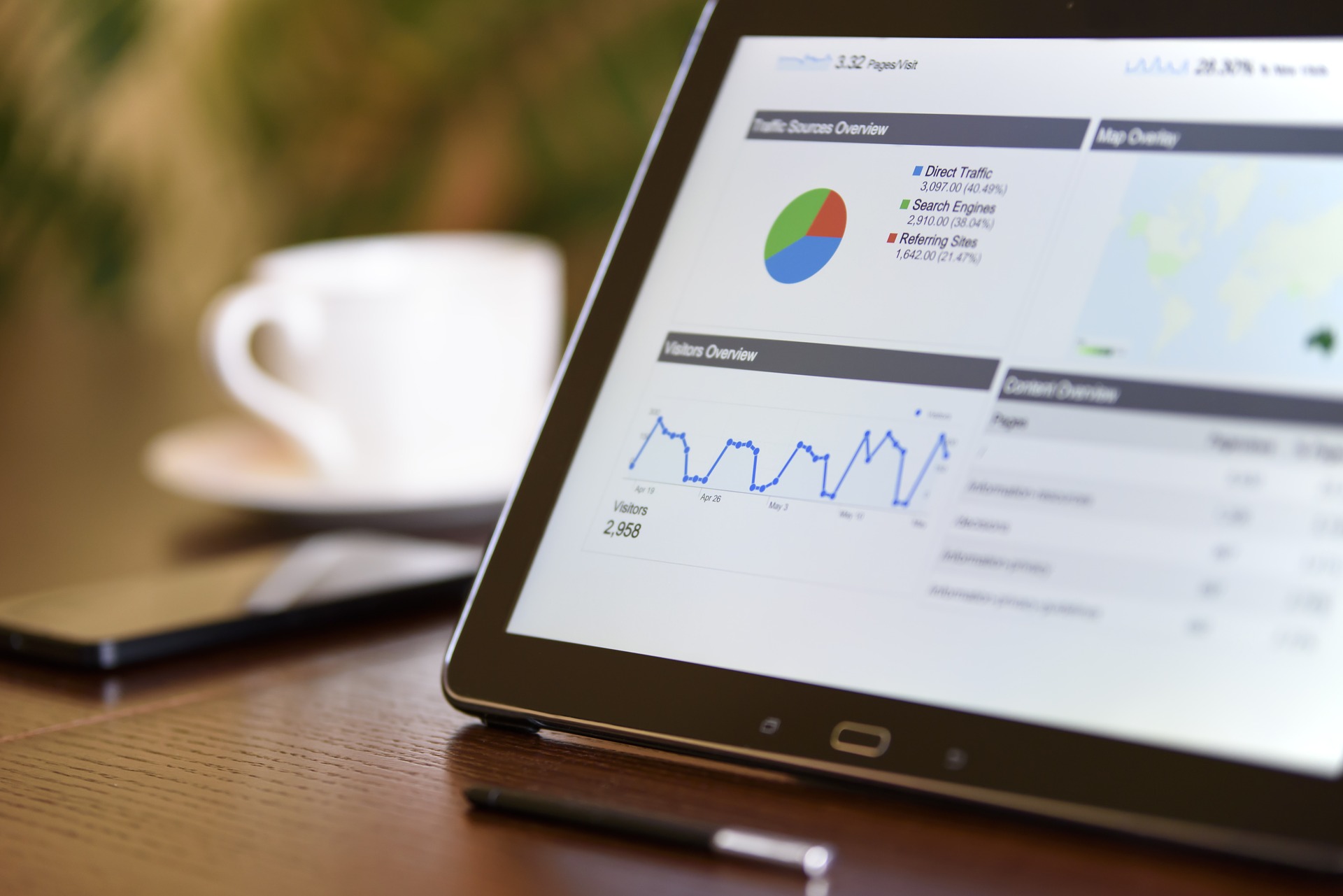The AP government’s CM Office Realtime Executive dashboard sets a path-defining benchmark, both from transparency and performance viewpoints
When we think of performance measurement and related dashboards, we only think of highly evolved enterprises; not of governments. Many enterprises, which are at the forefront of using IT and digital technologies, indeed have highly matured performance measurement systems and control dashboards. The dashboards provide the top management with information pertaining to performance of various functions, sub-functions and core initiatives.
Thinking of such a practice in government, however, doesn’t come so naturally. So in the course of our analysis of 1,600 e-governance projects, with respect to the Digital India program, we were quite surprised to find a path-breaking initiative—the performance measurement dashboard of the Government of Andhra Pradesh (AP), India.
The CM Office Real-time Executive Dashboard (CORE) is an online dashboard that provides information pertaining to the functioning of various government departments and their services. In all, it covers 193 services across 45 government departments, and ensures a high degree of transparency by making it possible for any citizen to fetch information pertaining to the performance of various government services. It also provisions for government departments to be rated in terms of their performance against set targets.
The information is updated on an annual, weekly or even daily basis for different services by fetching information from the respective applications using links, web services or direct interfaces. It’s been designed and developed by APOnline, the IT arm of the government of Andhra Pradesh.
Maximum Governance analysis
The dashboard is a great example of what we, at Coeus Age, call ‘Maximum Governance.’ The ability to build such a dashboard is created not by using a technology in isolation but through a deeper and broader integration of IT, communications and digital technologies employed in the functioning of the state administration. Without individual departments and their respective services being digitized, a dashboard like CORE cannot be created. It’s only a sustained use of technology in various aspects of governance over a period of time that paves way for the baseline repository of information to be presented through the dashboard.
It also requires the right vision and a strong political will to create transparency in the functioning of the government. Making information available to the citizens, media and other stakeholders means opening oneself also to criticism and questioning. The Transparency Portal concept, gaining ground in many countries, is in fact is a drive towards providing transparency in decision making and accountability for performance.
One could no longer ignore the importance of bringing accountability in government, whether legislative or bureaucracy. However, it requires a cultural shift and many governments wanting to become transparent will have to embrace changes in the way things are carried out and decisions are made.
Such initiatives also need to be sustained over time, and the only way to achieve that is to ensure participation of the stakeholders and to take actions based on the information. What good is any information if it does not lead to some form of action? An action point could be to link a project’s performance status with the personal performance measurements of those responsible for its administration. After all, isn’t that what accountability is about?
I feel many other state governments should be looking at building a dashboard like CORE. However, they must evaluate their readiness in terms of depth and breadth of technology usage; the political will; interventions at changing the prevailing culture; and action taken based on the information. Without these, an outcome of this kind may not be possible, and even if it’s possible, it won’t be sustainable.



























